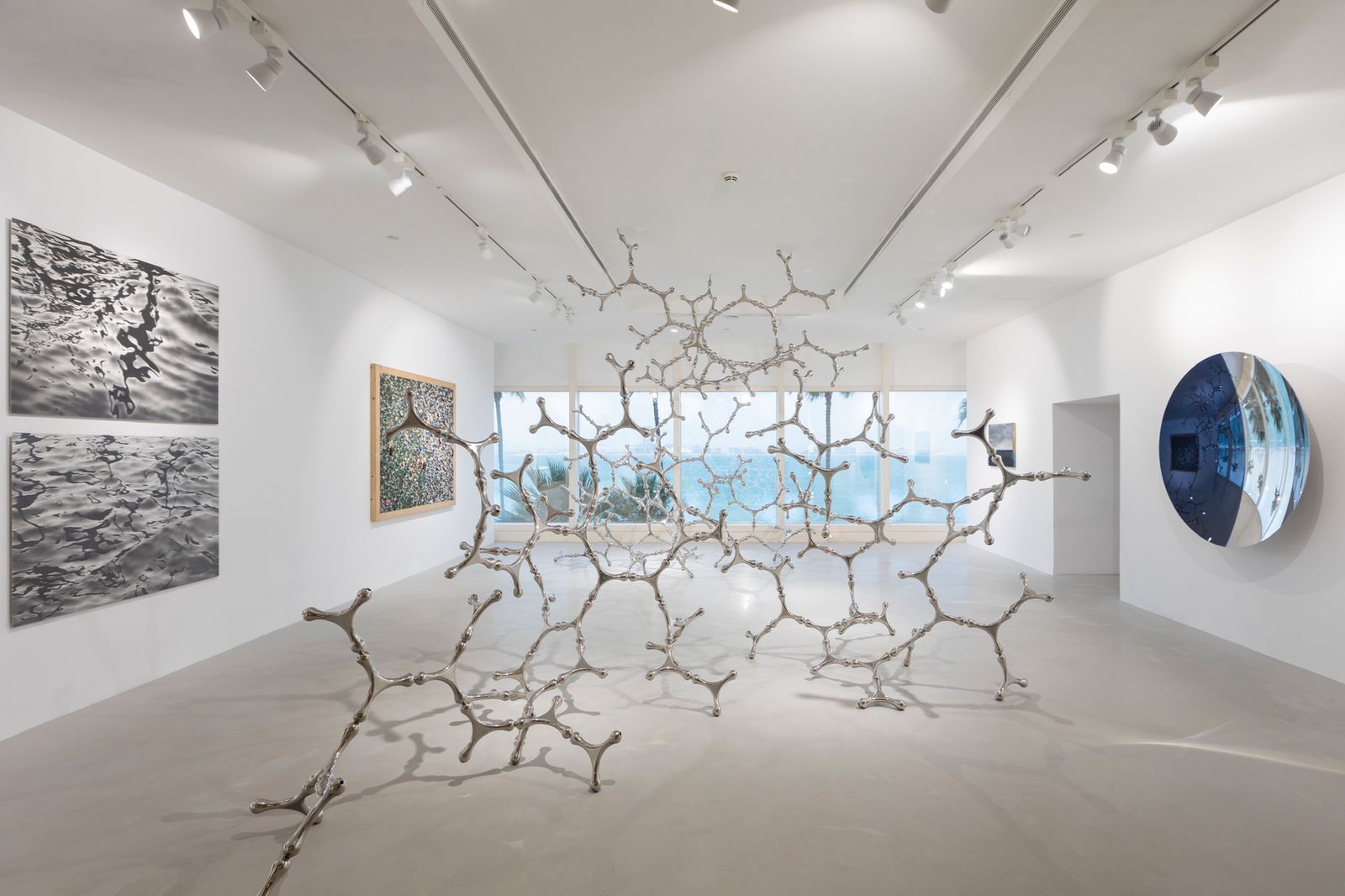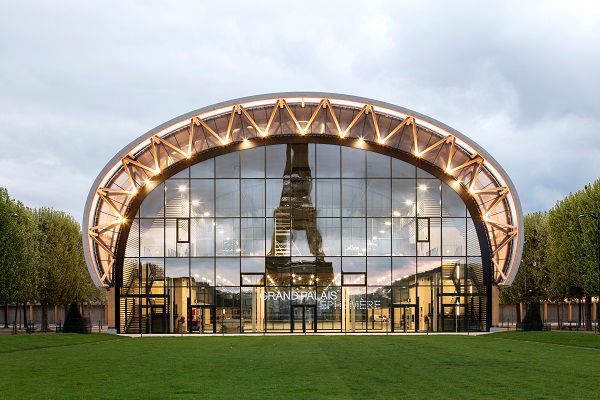Ememem shares his creations on Instagram under the handle @ememem.flacking, where he has garnered a following of over 265,000. Through his art, he challenges viewers to see beauty in unexpected places and reflects on themes of resilience and transformation. We present to your attention an interview with the artist, who turns flaws into beauty.



What inspired you to transform urban cracks and potholes into vibrant mosaics? Was there a specific moment or experience that sparked this idea?
The inspiration came from walking through the city and noticing how cracks and potholes, often ignored, could become a canvas. One day, I saw a ray of sunlight reflecting on a broken piece of glass near a pothole. That’s when the idea struck me: a damaged space could be transformed into something beautiful and meaningful.
You describe your process as “flacking.” What does this term mean to you, and how does it capture the essence of your work?
“Flacking” comes from the French word flaque (puddle) combined with the English suffix -ing, which indicates an ongoing action. It’s a term I invented to describe something that didn’t previously exist: a technique for repairing cracks and imperfections by turning them into art. For me, it represents creative renewal and the ability to transform flaws into strengths, much like a kind of urban Kintsugi that brings new value to what is broken.

Your art breathes life into damaged urban spaces. Do you see this as a metaphor for healing or renewal in a broader sense?
Absolutely. It’s a metaphor for resilience and transformation. Just like cities and people, these damaged spaces have stories to tell. By repairing them with art, I aim to celebrate imperfection and the hidden potential of transformation.


How do you decide where to create your mosaics? Do the locations hold personal or symbolic significance?
Often, the places choose me. I’m drawn to neglected spaces that evoke an emotional or visual resonance. Sometimes, the history of a place or the energy of a community influences my choice. Each intervention always starts from a poetic emotion.
Your work merges art with public spaces. How do you perceive the relationship between art and community, and how has the public responded to your work?
Art and community are deeply intertwined. Public art belongs to everyone, and the best works spark dialogue and connections. The reactions have been warm and positive: people smile, take photos, and share stories about how Flacking has brought light and color into their daily lives.


Your art has a playful and colorful nature. Is this a deliberate attempt to bring joy to urban environments, or does it serve a deeper philosophical purpose?
Both. The colors and shapes bring joy but also challenge observers to find beauty in unexpected places. It’s an invitation to see light and hope amid chaos. Additionally, each crack has its own story. For example, working on a hole created by an anti-personnel grenade is different from one caused by a truck damaging a post. These details transform the meaning of the piece, adding layers of memory to the locations and turning cities into an intimate diary made of visual notes.

What are your long-term plans or dreams for your art? Do you envision taking your concept to other cities or experimenting with new styles?
My plan is to continue exploring the technique of Flacking, bringing it into new contexts and observing how small interventions can transform our perception of reality. I’d also love to write a book that captures all the poetic vibrations I’ve experienced over the past eight years. Personally, I dream of lying by the sea, under a summer sun, with a cold beer in hand.



If you could send a message to the world through your mosaics, what would it be, and why?
I don’t want to be overly rhetorical. Everything I have to say is already in my work and in the act of creating it.
What are your favorite areas of Lyon for your art? What other cities have you “flacked,” and which are your favorites?
In Lyon, I love working in the Pentes de la Croix-Rousse and La Guillotière for their historical charm and vibrant streets. Beyond Lyon, I’ve flacked in Paris, Barcelona, New York, and Chicago—each city has presented unique challenges and inspirations. The next stop is Gibraltar, and I can’t wait to see how it goes!
For more information, please follow @ememem.flacking.



